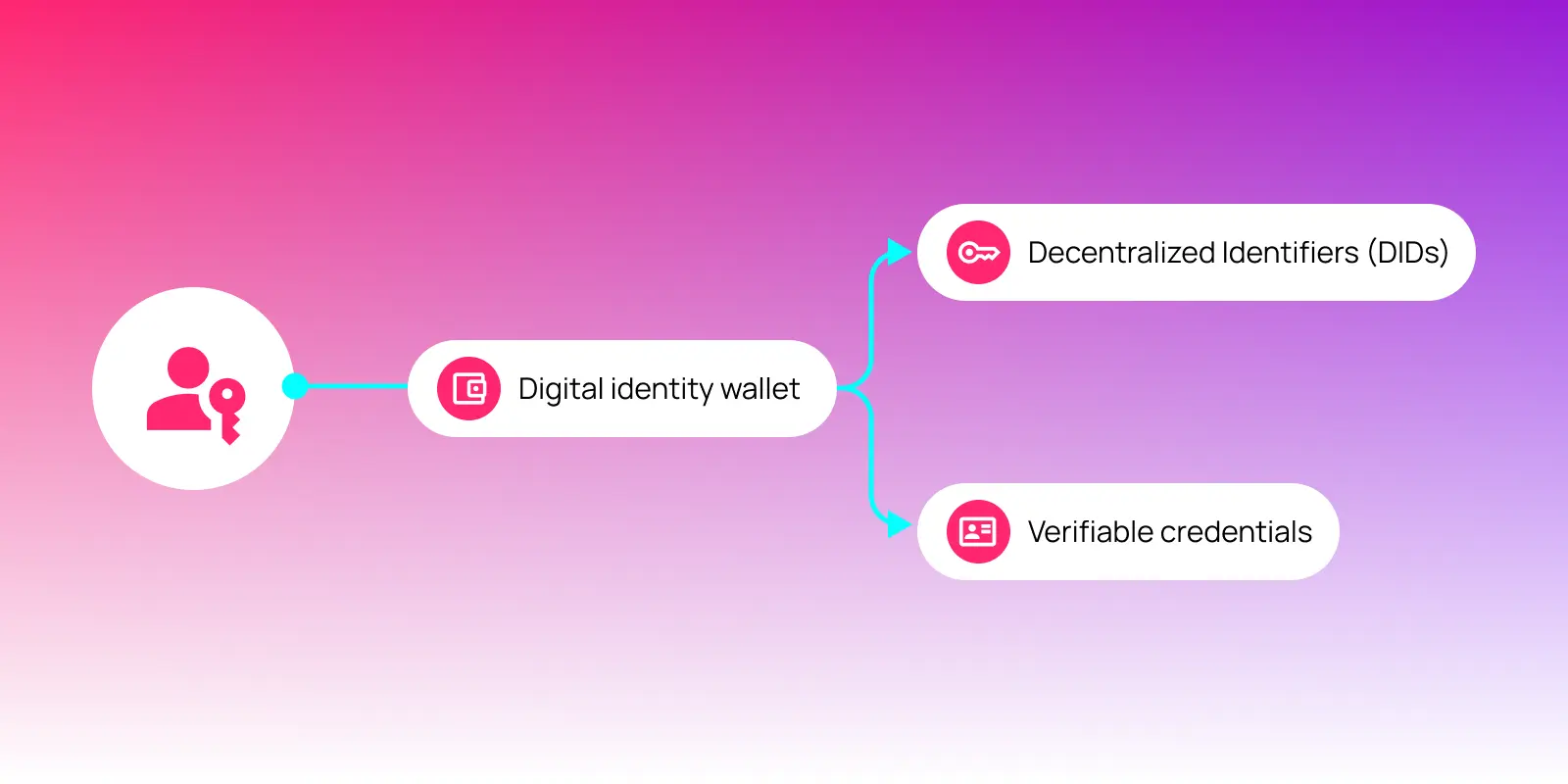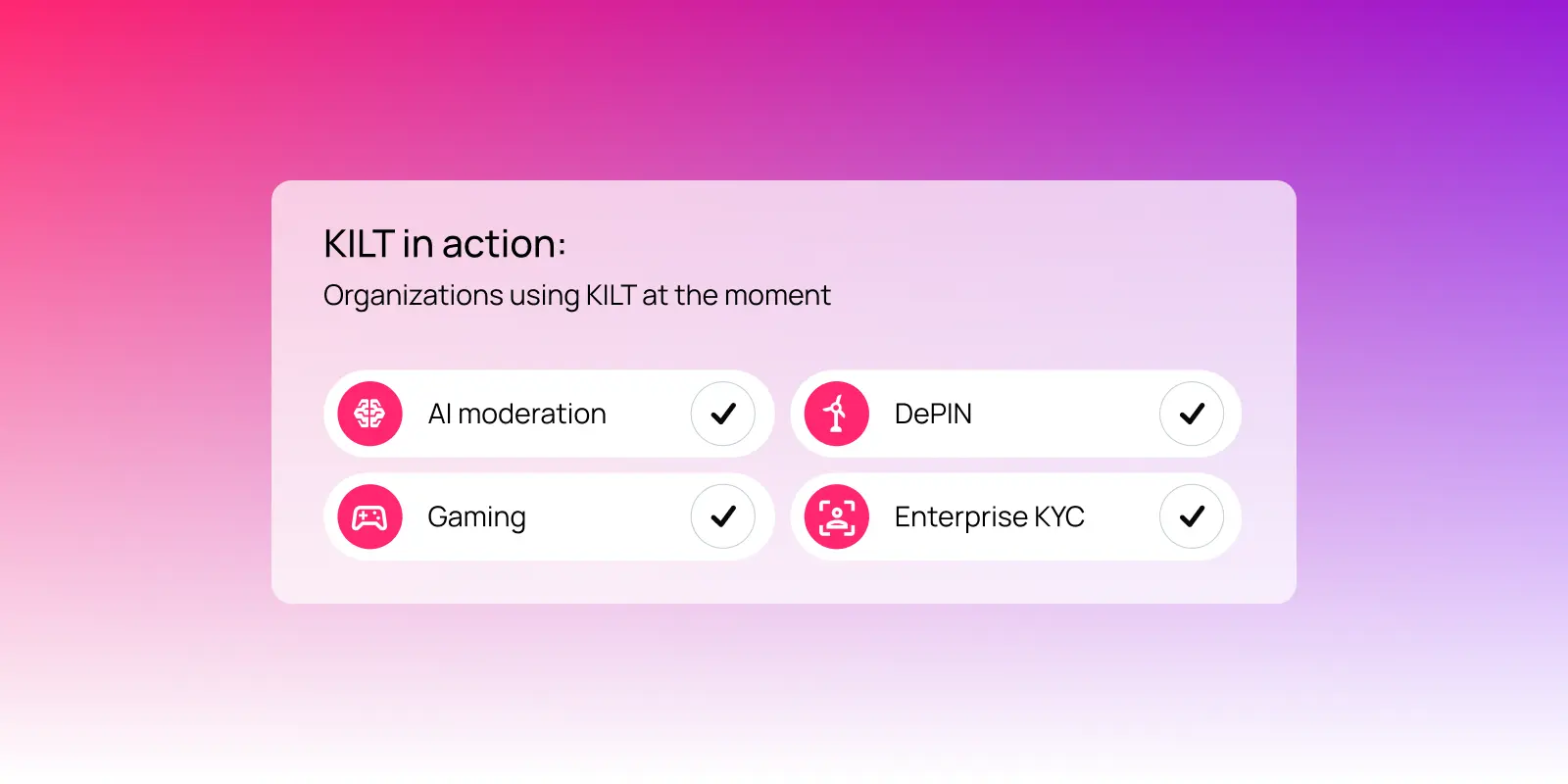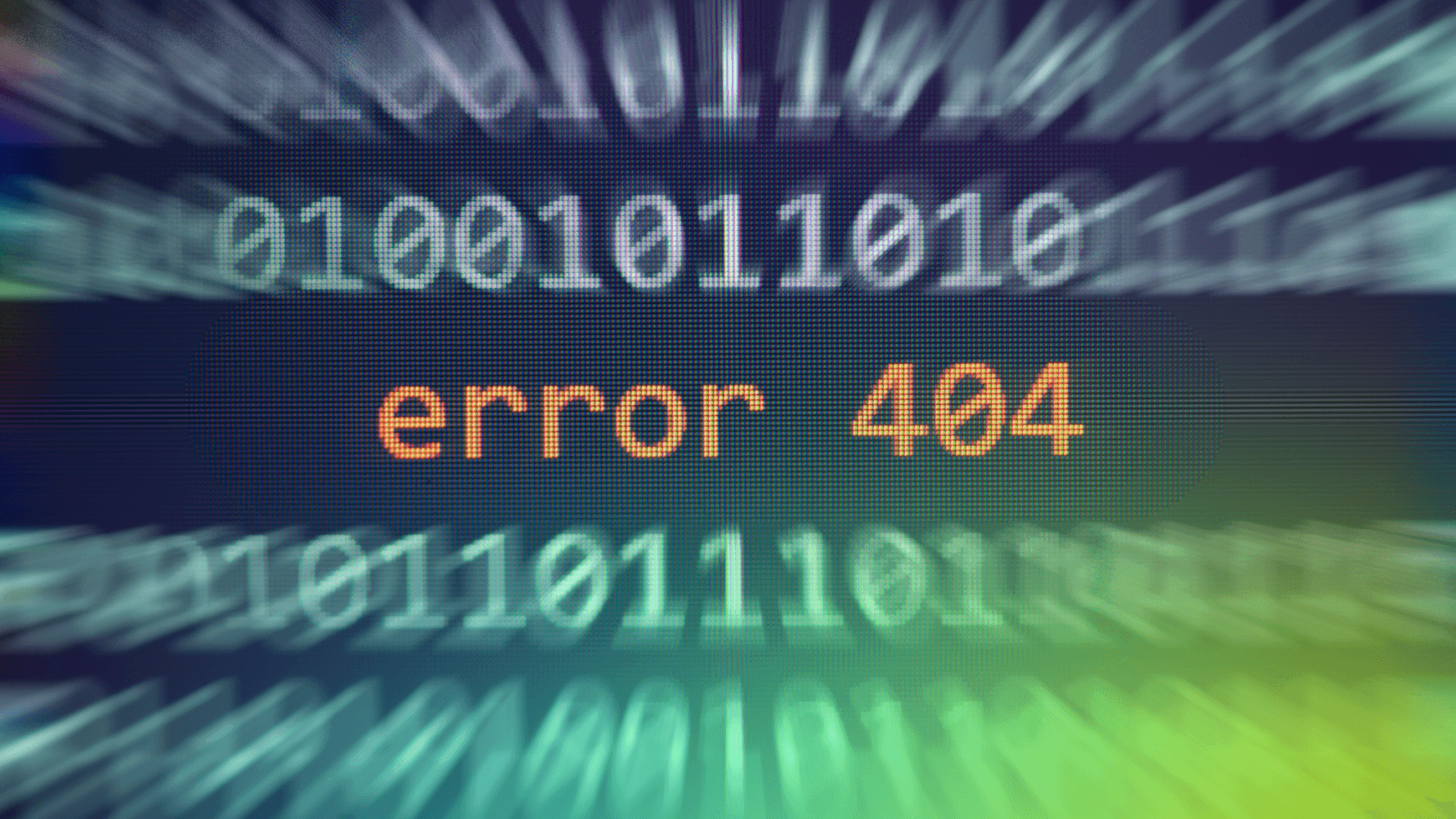Identity on your terms: How decentralized digital identity works
Explore how decentralized identity works and why Polkadot is powering the next era of user-controlled credentials.
 By Joey Prebys•June 10, 2025
By Joey Prebys•June 10, 2025
What you can expect
- How decentralized identity works
- What we learned from ENS and early use cases
- Where decentralized ID is being used today
- What challenges still remain
- Why Polkadot is a natural fit
- What digital self-sovereignty really means
Every time you go online, you're asked to hand over personal info—your birthdate, phone number, even the last four of your Social. But where does that data go?
In today's digital economy, personal data is currency. Companies profit from it. Governments store it. Hackers leak it. And most of the time, you’re forced to give up more than you should just to prove you’re real.
Web3 offers another way: an identity you actually own. Instead of logging in with Google or uploading a passport, decentralized identity lets you prove who you are without oversharing and stay in control of what you share and with whom.
This post explains how decentralized digital identity works, what it unlocks, and why it matters now.
How decentralized identity works

Decentralized identity systems rely on three key components: decentralized identifiers (DIDs), verifiable credentials, and a digital identity wallet.
Think of a DID like a digital passport number that you control. Unlike an email address or government ID that’s assigned to you by a central provider, a DID is created by you and recorded on a decentralized network like a blockchain. No one can take it away, and it doesn’t rely on a single company or government to stay valid.
Verifiable credentials are digital versions of things like driver’s licenses, diplomas, or proof of age that are issued by trusted organizations. These are stored in your digital identity wallet, which acts like a secure, app-based vault. Your DID anchors your identity, and each credential connects a specific piece of information, like your age or degree, to that DID.
The key advantages: Because a decentralized identity system doesn’t rely on a central database, it avoids single points of failure and reduces the risk of hacks or misuse. You aren’t locked into a single vendor or platform, and verification can happen instantly using cryptographic proofs.
That means no more sharing the last four digits of your Social Security number or uploading PDFs just to prove who you are. The system is designed for interoperability—one identity you can use everywhere from the airport to the doctor to your email. You stay in control of what you share and with whom. For example, you could prove you're over 21 without revealing your birthdate or confirm your degree without emailing a transcript.
Early signals: the road here from ENS and beyond
The idea of owning your digital identity isn’t new. During the NFT boom of 2021 and 2022, millions rushed to register their own ENS (Ethereum Name Service) domains. These short, memorable wallet addresses, like yourname.eth, doubled as personal brands.
For many, claiming a name onchain felt like planting a flag in the open terrain of Web3. People also wanted something that the Web2 login experience could never offer: portability without surrender. It was a taste of owning your digital presence without relying on Google or Facebook, and a login you could use across platforms without giving up personal data.
That moment signaled something deeper. Users wanted control over how they showed up online and where their data flowed. Alongside ENS, the rise of profile-picture NFTs and anon personas showed that identity could be public without being personally revealing. Some anonymous figures even spoke at major conferences using only their pseudonyms and avatars.
These early signals hinted at a new kind of identity—one that moves freely across platforms, remains entirely yours, and protects your privacy. What started with wallet names and avatars is now evolving into tools with real-world utility and real-world stakes.
Decentralized identity in 2025: How KILT brings it to life

Decentralized identity has come a long way since the ENS boom of 2021. What started as a way to personalize wallet addresses has grown into a framework for real-world utility.
One of the most active projects in this space is KILT, a decentralized identity protocol built on Polkadot. KILT lets organizations issue and verify credentials that users store in their own identity wallets. These credentials can prove anything from age to professional status, without forcing people to share sensitive personal information.
Real-world applications today:
- Gaming platforms are using KILT to let players prove ownership of in-game assets and build persistent reputations while staying anonymous.
- Enterprises are adopting it to streamline Know Your Customer (KYC) and credential verification, speeding up onboarding and reducing compliance risk.
- DePIN projects use it to verify participants across physical and digital systems.
- AI tools are exploring KILT-based identities to help combat misinformation and establish proof of personhood.
Across all of these use cases, the benefit is the same: users can prove who they are without giving up control of their data. Decentralized identity makes trust portable, verifiable, and private by default.
Challenges of decentralized identity and what’s still being figured out
The infrastructure for decentralized identity is here, but the path to widespread adoption is still unfolding. Fragmented standards, inconsistent regulations, and clunky user experiences can make onboarding difficult for everyday users. While the idea of self-sovereign identity is gaining traction, getting from prototype to mainstream utility takes time.
One bright spot: the role of the World Wide Web Consortium (W3C), the global web standards body, which has formally endorsed the core building blocks of decentralized identity. In 2022, W3C ratified Decentralized Identifiers (DIDs) as an official web standard. Verifiable Credentials were approved even earlier. These endorsements show that decentralized identity is no longer a fringe idea, but part of a broader shift toward a more user-controlled internet.
Still, questions remain. How will privacy laws catch up? Will users trust systems they don’t fully understand? And how can we make decentralized identity as simple and seamless as logging in with Google, without giving up our data in the process?
Why Polkadot: a future built on digital sovereignty

Polkadot founder Dr. Gavin Wood has long argued that digital identity is essential to a more open and equitable internet. His vision centers on the idea of self-sovereignty: a system where users control their data, rather than handing it over to centralized platforms. In recent conversations, including at Decoded 2024, Wood has emphasized privacy by design, selective disclosure, and the concept of “decentralized individuality”—a future where digital identity reflects who you are without requiring surveillance or state-issued credentials.
“Decentralisation is about individuals acting under their own agency... It’s about creating the infrastructure that allows people to exist digitally without relying on centralised platforms.” - Gavin Wood, Decoded 2024
KILT Protocol is already delivering on this promise. As a Polkadot-native rollup, it provides infrastructure for issuing, verifying, and revoking credentials in a secure and interoperable way. KILT uses Polkadot for shared security, low fees, and seamless connectivity to other chains, making it possible to build identity systems that are scalable, flexible, and future-ready.
How Polkadot enables decentralized identity at scale
Polkadot’s multichain architecture and neutral design make it uniquely suited for identity infrastructure. Builders are using KILT to meet real-world needs across industries, from reusable KYC to privacy-preserving identity layers in AI, DePIN, and gaming. Because KILT operates within the Polkadot ecosystem, credentials can move between services and communities, enabling continuity without sacrificing privacy.
For Polkadot, identity isn’t a side feature. It’s foundational to the network’s long-term vision: a more private, interoperable, and user-controlled internet.
Conclusion: from logins to selfhood
The login systems we use today were built for platforms, not people. They prioritize access and data collection over autonomy and privacy.
Decentralized identity flips the model. It puts users in control of what they share, when they share it, and with whom.
While it’s still early, momentum is building. From protocol-level standards to live applications across AI, DePIN, and gaming, the groundwork is already being laid for a more private, user-centric internet.
Web3 is not just about tokens or tech. It’s about giving people the tools to reclaim ownership, including ownership over their digital identity.
The future of identity is sovereign, interoperable, and user-controlled. Polkadot is helping make it possible.
Join the conversation about onchain identity. Follow the Polkadot community to stay up to date on the tools, standards, and technologies shaping the next era of digital identity.











